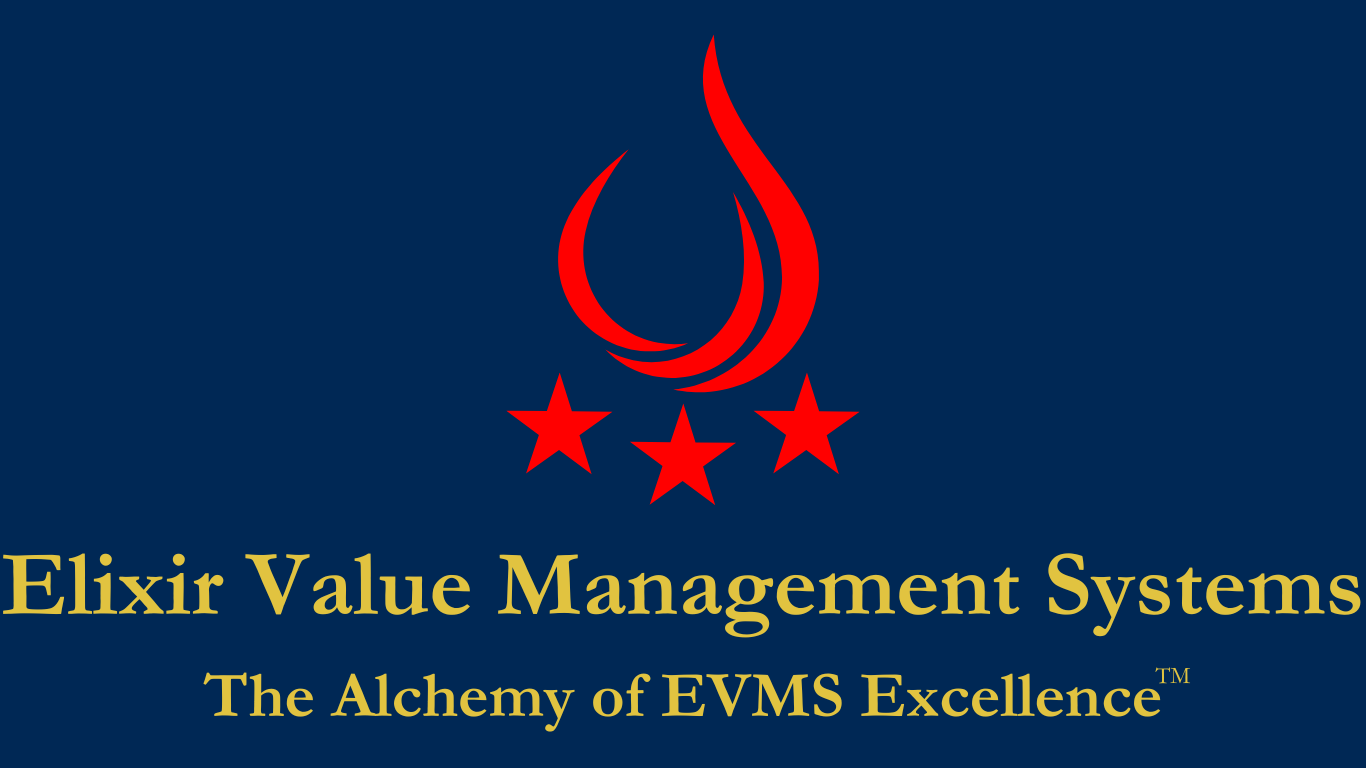🧠 QBD: The Backbone of a Credible Earned Value Management System
In Earned Value Management Systems (EVMS), we often emphasize performance metrics like CPI, SPI, and TCPI. But beneath these metrics lies an essential foundation that too often goes unappreciated: Quantifiable Backup Data (QBD).
If you’re leading EVMS, Project Controls, overseeing Control Account Managers (CAMs), or preparing for a review, know this: without solid QBD, your Performance Measurement Baseline (PMB) may not stand up to scrutiny—not from internal stakeholders, and certainly not from Cognizant Federal Agencies such as DCMA, PM-30, etc.
🔍 What Is QBD?
QBD refers to the objective, measurable evidence that supports the claimed percent complete within a work package. Examples include:
Engineering drawing releases
Test events successfully executed
Components installed
Software code modules verified
It’s not a document per se—it’s a planned, predefined set of measurable technical achievements that tie directly to Earned Value.
🛡️ Why QBD Is Critical
Anchors Performance to Reality
Without QBD, progress becomes subjective. With it, Earned Value is tied to tangible outcomes that everyone agrees are meaningful—removing ambiguity from performance reporting.
Drives Audit and Review Readiness
Whether your contract is under the DoD or DOE, oversight bodies want traceability. DCMA expects CAMs to defend percent complete with QBD during Integrated Baseline Reviews (IBRs) and surveillance. PM-30 uses similar criteria in certification and surveillance activities under DOE O 413.3B. Without QBD, assertions of progress lack defensibility.
Improves Forecasting Confidence
Estimates at Completion (EACs) are only as reliable as the data behind them. When percent complete is built on QBD, your forecasts reflect actual progress—not speculation.
Builds Organizational Credibility
Teams that consistently tie earned value to objective progress milestones are trusted more—by leadership, customers, and auditors.
⚠️ Common Pitfalls (and How to Avoid Them)
Using LOE for Measurable Work
Tasks with physical deliverables or technical outcomes should use a measurable EVT, not Level of Effort (LOE). LOE has no Earned Value—just time-based budget burn.
Poor Schedule Integration
If QBD isn’t represented in the Integrated Master Schedule (IMS)—as activities or milestones—then cost and schedule aren’t truly integrated.
Undefined or Ad-Hoc QBD
QBD must be defined before performance starts. Trying to backfill it during execution undermines the integrity of your baseline and exposes the program to audit findings.
🛠️ Best Practices for Effective QBD
Define QBD at the Work Package Level
During baseline planning, every measurable work package should include defined QBD agreed upon by the CAM and the Project Controls team.
Use Discrete, Binary Indicators
Favor “yes/no” milestones: test complete, review signed, component installed. Ambiguity opens the door to misinterpretation.
Reinforce QBD in Status Reviews
Make QBD a recurring focus in performance meetings. Don’t let teams get used to reporting progress without supporting data.
Document and Retain QBD Evidence
QBD isn’t just about planning—it’s about maintaining a credible audit trail. Keep records of completed milestones or substantiating artifacts tied to earned value claims.
💡 Final Thought
QBD isn’t filler—it’s the skeletal structure of a credible EVMS. Programs succeed or fail not just on execution, but on their ability to measure, defend, and report progress accurately. If your teams are earning value without QBD, you're flying blind. If you want to lead with credibility, tie your cost and schedule performance to something that actually happened.
👉 Need help setting up your QBDs and maturing your EVMS? At Elixir Value Management Systems, Inc., we help government contractors build audit-ready, fully integrated EVMS solutions.
📞 Let’s Talk!
📧 karlo.menoscal@elixirvms.com
📱 949-351-8896

